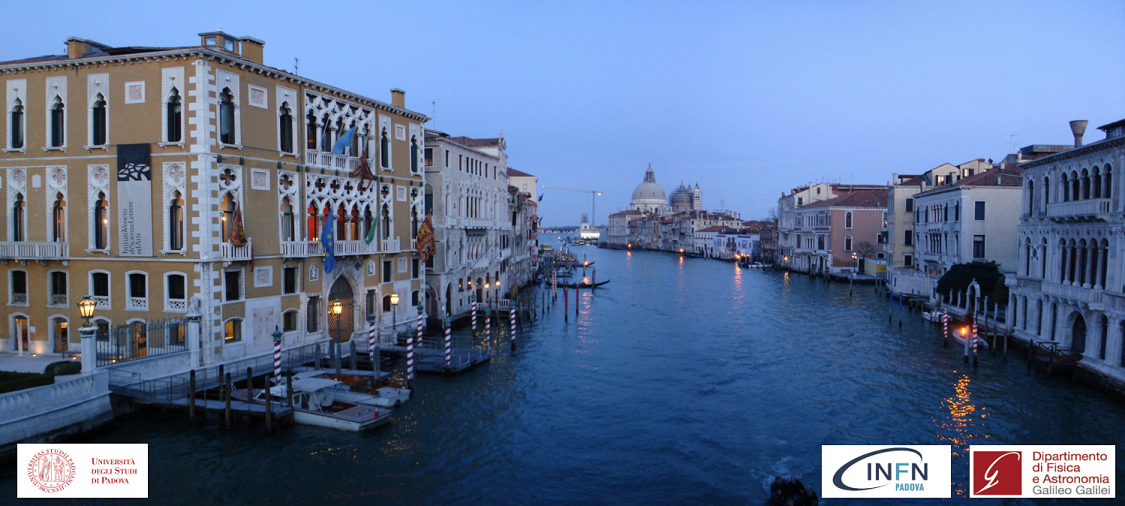Speaker
Description
It has been common practice to select for muons that start inside a neutrino detector in order to reject atmospheric backgrounds in lower energy neutrino experiments. However, IceCube was designed to use the Earth as an atmospheric muon veto by selecting for events which come from the northern equatorial sky. Using the Earth as a muon shield allows us to increase the fiducial volume by placing the strings holding the IceCube optical modules approximately 125 m apart. This sparse instrumentation makes distinguishing starting muon track events from the multitude of incoming atmospheric muons in the southern sky difficult. However, the starting track morphology has the advantage that atmospheric neutrinos from the southern sky with energies above 100 GeV have an increasing probability of being chaperoned into the detector by muons from the same air shower. Using our novel technique to select for muon tracks that start inside the detector, we can reject both the atmospheric muons and atmospheric neutrinos by the light from their muon chaperones. This atmospheric neutrino veto creates a sample of starting muon neutrino events with a high astrophysical purity below 100 TeV in the southern sky, which is not possible in the northern sky. We will provide a brief summary of the techniques used to generate this starting track event selection within IceCube. We will also cover the results from the diffuse astrophysical neutrino flux and neutrino source searches using this selection, as well as, future physics prospects with starting tracks in IceCube.

